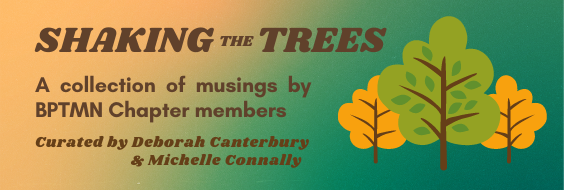Book Review #3 from the Chapter Librarian, Linder Orourke, Class of 2023

This classic of American environmental writing is not a book about the desert but an elegy for a piece of nature no longer pristine. The author spent 3 seasons as a park ranger in southeastern Utah in the spring and summer of the mid 1960s through 1968 at Arches National Monument. This book is his 1st person narrative of the fine and not-so-fine images of the Monument where he signed on to survey and protect the nature there. His intention was to live as simply and as close to nature (and as far away from cultural chaos) as possible. The park was undeveloped as he began his tenure, and he captures its beauty with crisp, detailed imagery and a wry, disgruntled tone even as he is clearly in awe of the magnificence he saw there every day. He crawled on the ground to see nature from the snake’s point of view. He focused his naturalist’s eye on every plant and animal in the park. He captured the importance and history of one of the major plants in the ecosystem: the buckbrush. His descriptions of the spade foot toad which seals itself up in a muddy hole with mucus to preserve the moisture is wonderfully comical. And of course, he talked about the power of water in the desert and the power of its absence. With both a child’s eye and the scientist’s eye he details an impressive inventory of the canyonlands’ flora surrounded by the freestanding pinnacles of sandstone formations going back millions of years.
About midway through his narrative he focused on what I think is his real purpose: to uncover the arrival of “industrial tourism” which was beginning to take over the nation’s state parks which until the mid 1960s were untouched by cars or paved roads or hi-tech RVs. The magic of the primitive isolation of nature, he claims, was removed by the Park Service engineers. Abbey says The Wilderness Preservation Act should have been implemented at many of our state and national parks to give Americans a taste of the primitive remoteness our ancestors experienced. But the onslaught of the automobile changed everything. He leads us to ask as he did, “What should the national parks be and what purpose should they serve?” He resented the comfort-seeking tourists who were indolent and selfish and demanded access to “every nook and corner of the national park”(49). Like many of us do today, he hated growth for growth’s sake; he claimed an unending drive for growth was a “cancerous madness” (127) which lead us to create cities of glass and steel which he called “the iron glacier” (128). In the mid 20th century Abbey understood the hunger humans have for wilderness and the escape from life’s turmoil that it can bring.
His ideas about eco-philosophy echo Aldo Leopold and John Muir and Henry David Thoreau – and of course, TMN! I hope you enjoy reading this wonderful book!




[…] Book Review from our Librarian – Desert Solitaire by Edward Abbey […]